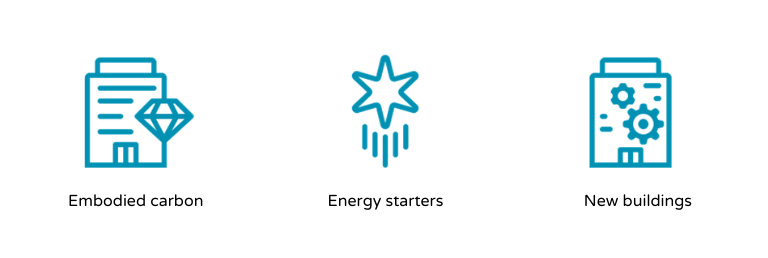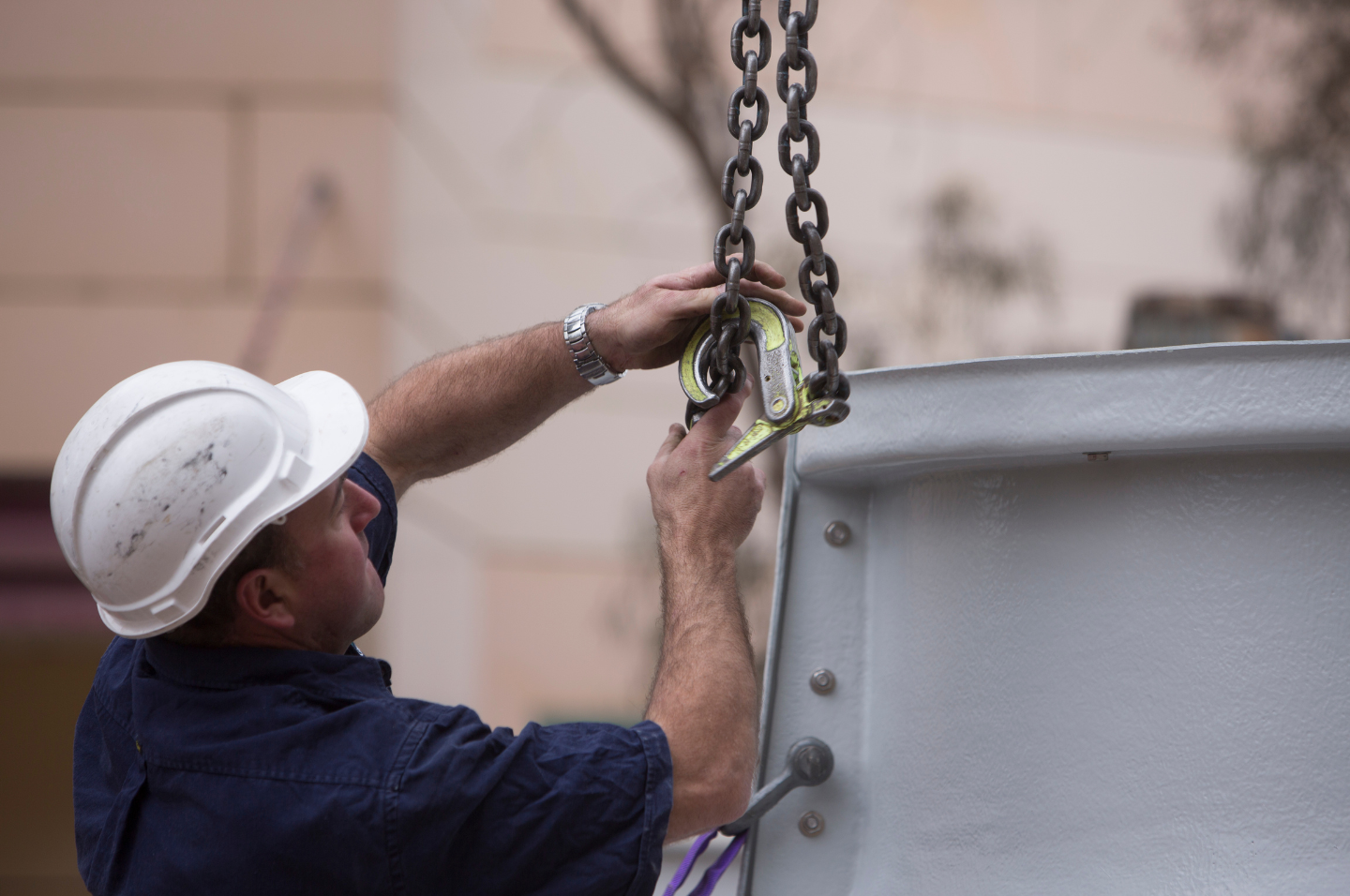An initiative to help buildings achieve net zero emissions through 3 innovative streams.
Overview
Accelerating Net Zero Buildings is a $4.8M NSW Government initiative to boost the transition of non-residential buildings towards net zero emissions.
Under this initiative, the National Australian Built Environment Rating System (NABERS) will investigate and develop a world-leading framework for measuring, benchmarking and certifying emissions from construction and building materials.
Accelerating Net Zero Buildings will also include NABERS initiatives to drive new buildings towards high-energy performance and reduce emissions in existing buildings.
Why integrate accelerating net zero buildings with NABERS?
The NSW Government is committed to help the NSW buildings transition towards net zero emissions. NABERS is one of the largest and most successful programs for increasing building sustainability in the world. By using NABERS, our government can leverage the wide reach and world-leading expertise of the organisations in the NABERS community to help NSW meet our emissions reduction goals faster.
Three workstreams
The Accelerating Net Zero Buildings initiative has 3 different workstreams to help reduce carbon emissions in buildings across NSW.

This is a 2-year program, scheduled to be completed by June 2023.
1. Embodied carbon stream
This stream includes the investigation and development of a framework for measuring, setting targets and reducing carbon emissions from construction materials in new buildings. The framework is being designed with the aim to be incorporated into NABERS, and to align with other widely used industry standards, such as Green Star.
The NSW Government will work with other government jurisdictions, peak industry bodies and stakeholders from the building sector to ensure this becomes a nationally recognised standard. For more information on Embodied Carbon, visit the NABERS website.
2. Energy starters stream
This stream will focus on helping owners of existing buildings that are in the early stages on their energy efficiency and sustainability journey. This includes providing financial incentives for buildings to receive their first-ever NABERS Energy rating, and to embed a culture of measurement, and annual improvement of energy performance.
The first round of funding has opened. For more details on Energy Starters and how to apply, visit the NABERS website.
3. New buildings stream
This stream provides incentives for developments committing to high energy performance using NABERS Commitment Agreements. Incentives under this stream will include NABERS Commitment Agreement fee waiver for buildings committing to energy performance targets beyond those required by the building code.
The first round of funding has opened. For more details on New Builds and how to apply, visit the NABERS website.
More about accelerating net zero buildings
Why target embodied carbon?
Carbon emissions from materials used in construction, such as steel and cement, are expected to become the largest source of carbon emissions in the building sector in the coming decades. Targeted action on reducing emissions from building materials is therefore crucial for NSW to meet its net zero target by 2050.
Why target existing buildings?
Buildings account for over 50% of electricity use in NSW and Australia and represent over 25% of national emissions. According to the International Energy Agency, buildings offer the largest opportunities for low-cost carbon abatement in developed countries like Australia. Reducing energy use in buildings has the triple benefit of saving money, reducing emissions, and creating space in the grid for electrifying transport and heating.
Why target new buildings?
Two out of 3 buildings that will be standing in NSW by 2050 have not been built yet. This highlights just how important reducing emissions from construction materials will be for NSW to reach net zero emissions by 2050.
Circular design guidelines for the built environment
Circular design means using materials efficiently and keeping products and materials in use for as long as possible. These Guidelines present a whole-of-system approach for implementing circular design strategies throughout all phases of built environment projects. Circular design strategies present opportunities to substantially reduce carbon emissions associated with new developments.
Download the Circular design guidelines for the built environment.
